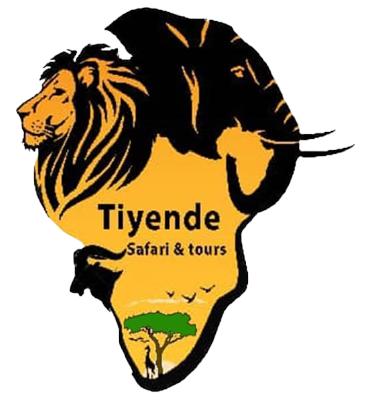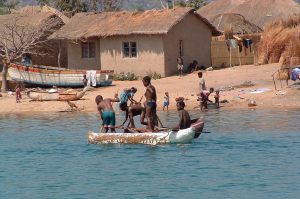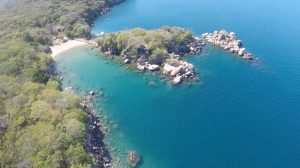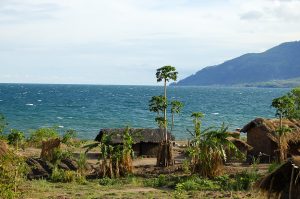Malawi is a relatively undiscovered country to visit in southeast Africa with plenty of natural beauty and wildlife. The stunningly beautiful and huge Lake Malawi, the third-largest lake on the continent is located in Malawi. Plus you’ll find bustling markets and very friendly people—hence the country is referred to as the “Warm Heart of Africa”.
The country shares land borders with Mozambique, Tanzania, and Zambia. It is one of the world’s least-developed countries, but you can still fly into a few international airports, and it boasts beautiful national parks, pine forests, white sandy beaches, and reserves full of wildlife. And unlike some other countries, you won’t have to compete with hordes of tourists to see all the natural beauty and wildlife.
Lake Malawi is a beautiful freshwater lake that takes up nearly a third of the area of landlocked Malawi. Blessed with golden beaches and incredibly colorful varieties of fish, the lake offers very rewarding snorkeling and diving.
The southern end of the lakeshore is very popular due to its proximity to the commercial capital, Blantyre. There are numerous bays to choose from and accommodations run from simple campsites and cottage rentals to the more luxurious. Cape Maclear on the southern end is a mecca for snorkeling and other water sports. At Monkey Bay, on the southern tip, you can catch the MV Ilala ferry to cruise up the lake to Likoma Island and the northern end.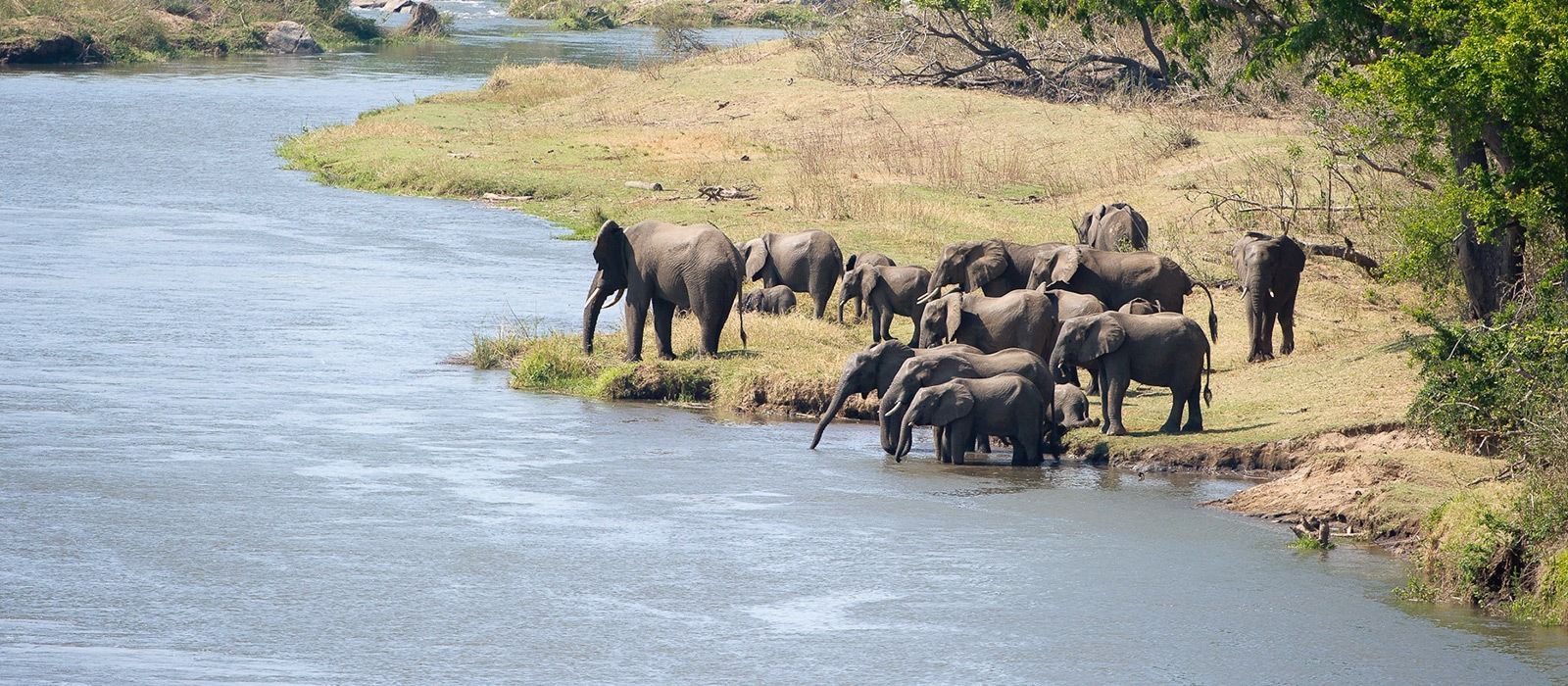
Mulanje Mountain, also referred to as Mount Mulanje, is in southern Malawi 65 kilometers (40 miles) east of Blantyre; its highest peak Sapitwa reaches just above 3,000 meters (nearly 10,000 feet).
There are plenty of hiking routes to choose from to enjoy this mountain, with simple huts at the end of each one. This is a wonderful hike for families, with lots of streams and peaks to explore. You should spend at least two nights on the mountain. Enjoy the delicious smell of Mulanje cedar in the fireplace. Most hikers will start out from Likhubula. The best time to climb Mulanje is between May and October.
Likoma Island is actually in Mozambique waters but is still a Malawian territory. It’s home to a huge cathedral built in the early 1900s. The island has several lovely beaches with excellent eco-friendly resorts and some budget accommodation as well.
Likoma is a peaceful spot and there are just a few cars on the island. You can take some nice walks inland to visit villages, the local market, or kayak around the island. There’s a diving school that offers certification at inexpensive rates. Dance troupes from other islands gather regularly for an entertaining “dance-off.”
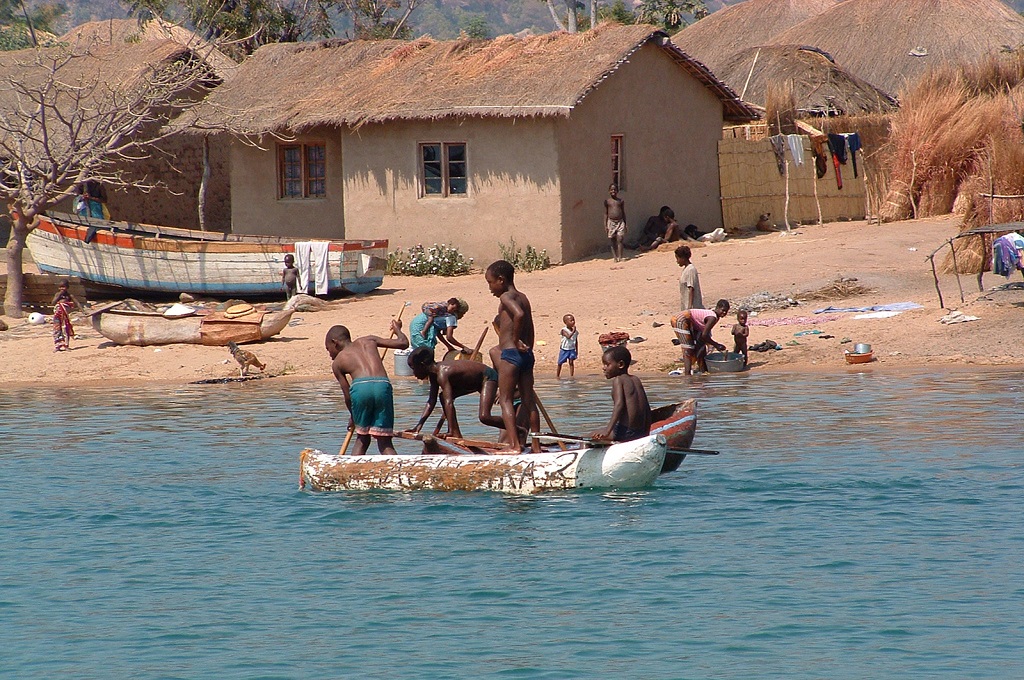 Liwonde National Park is Malawi’s premier wildlife park with a lovely setting along the banks of the Shire River, where you can view hippo pods in the water and large herds of elephants on the side enjoying a drink and a splash. The park is 220 square miles and boasts impressive birdlife—you’re very likely to see African fish eagles displaying their skills as well as the rare Pel’s fishing owl.
Liwonde National Park is Malawi’s premier wildlife park with a lovely setting along the banks of the Shire River, where you can view hippo pods in the water and large herds of elephants on the side enjoying a drink and a splash. The park is 220 square miles and boasts impressive birdlife—you’re very likely to see African fish eagles displaying their skills as well as the rare Pel’s fishing owl.
The best time to visit is during the cooler dry season from June to August, as Liwonde can get very hot and humid during the rains.
Zomba Plateau offers incredible views, waterfalls, dams filled with trout, and a lovely respite from the heat. The 6,000-foot plateau is located in Zomba, the lively former capital of Malawi. Most visitors will spend a day or a couple of nights and enjoy hikes along wooded paths; a favorite view is the “Queen’s View.” You can take horse rides down nice trails from the long-established Plateau Stables. The best way to get up to the plateau is by car; it’s a long steep walk otherwise, and the rewarding hikes are really at the top of the mountain anyway. The nicest place to stay is the Sunbird Ku Chawe Inn at the mountain’s edge.
Malawi’s northern side is much less developed than the southern shore. Less populated in general, the north is also chillier during the dry season (June through August), but perfect when it’s hot. Towns like Livingstonia and Karonga also offer a dash of history and culture to entice you away from the beach.
Nice places to stay include Nkhotakota, with plentiful wildlife, or Nkhata Bay, a bustling town with a craft market.
The beloved Lake of Stars music festival is held annually on the northern lakeshore in Nkhata Bay district.
Just over 50 years ago, the northwestern part of Malawi—an area of 1,250 square miles known as the Nyika National Park—was so unknown to the British (who were in charge at the time), that they sent explorer Laurens van der Post to report on it. He turned his mission to this vast escarpment into a best-selling book “Venture to the Interior,“ describing the beautiful high rolling hills of grasslands dotted with zebra, antelope, orchids, and butterflies that make Malawi’s largest national park well worth visiting. Hiking, mountain biking, and horse riding are the principal activities here.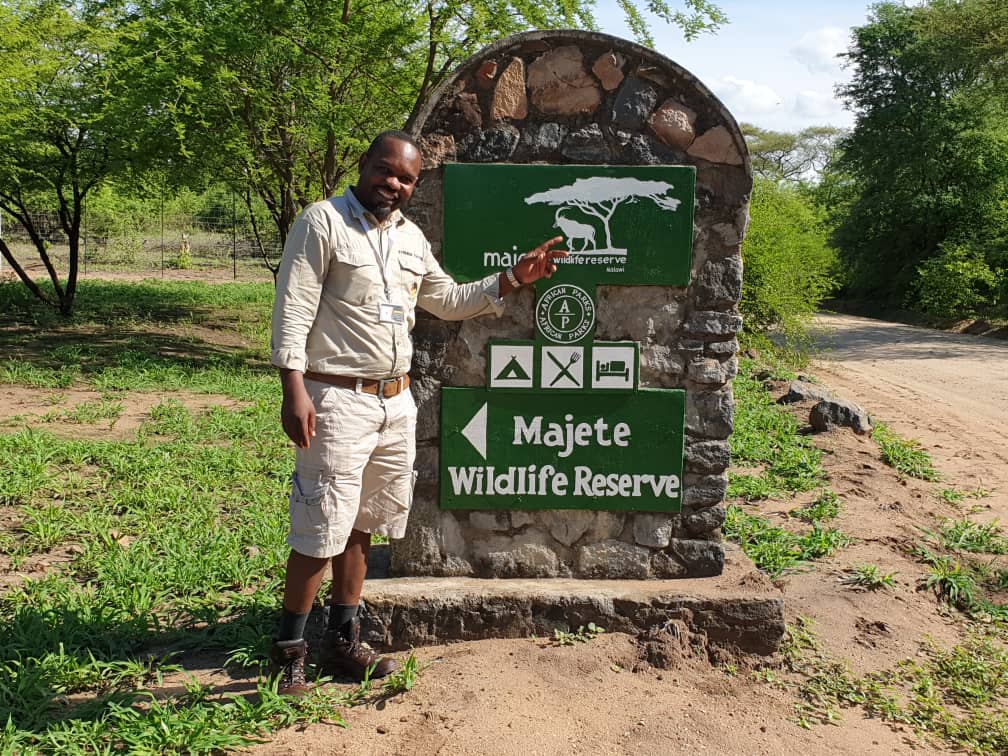
Lilongwe is Malawi’s capital, a pleasant enough city where you’ll find embassies and government department. The population is smaller than Blantyre, just under one million people.
The New Town, spread out with modern office buildings and residential areas, is to the north. The Old Town on the south is more lively, with a really great market where you can buy everything from bikes to vegetables to fans. Just watch your valuables here and enjoy a little bartering. The city is a good place to regroup if you’ve been on the road for a while, offering many accommodation options and some decent restaurants in both the Old Town and the New Town.
The Lilongwe Wildlife Center, housing nearly 200 rescued wild animals, is one of several worthwhile attractions in the capital. Some of the embassies and cultural centers host local art shows; check local papers for information.
